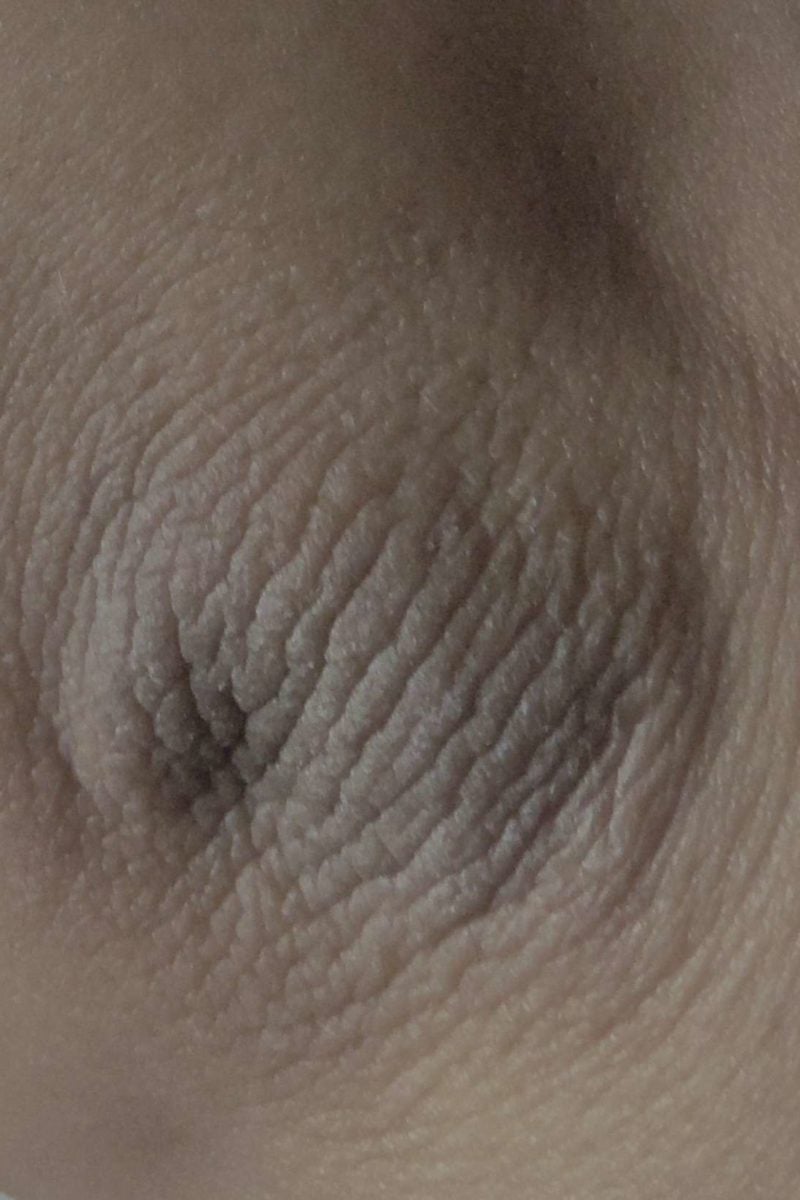Table of Content
- Home Remedies For Molluscum Contagiosum (Skin Infection)
- The Remedy Is Not Good, If:
- Dry Patches on Face, Flaky Skin, Peeling, Red, White, Pictures, Causes, Get Rid, Treatment & Home Remedies
- But First, Let’s Understand Why Do Foot Corns Develop?
- Soften The Hard Skin on The Corn By Applying Vitamin E Oil
- Corn vs Callus (Corn or Callus) – Diagnosis of Corns
When a toenail is too long, the toe joint may push upwards against the shoe and develop a corn. Trim the toenails straight across so that the tips do not push into the toes. It is also advisable to file the toenails to smoothen out the edges.

You can also get your shoes widened at the toes. Use special, appropriate shoes if you have a foot deformity. Replace old shoes since worn-out soles cannot provide cushioning to your feet. Moreover, select shoes that give your toes enough room to wiggle. It is advised to shop for shoes during midday, as your feet are swollen at this time due to constant use, thus ensuring the right fit. Place some lamb’s wool instead of cotton between your toes to manage the symptoms of soft corns.
Home Remedies For Molluscum Contagiosum (Skin Infection)
The expert shared some easy-to-follow tips which can help prevent its recurrence. You may consult your doctor on the safety and efficacy of these products. In any case, make sure to apply the product to the corn only, avoiding the surrounding areas. Visit your doctor if you experience foot pain at any point, whether you have corns or not. Wash your feet properly, especially between the toes, and pat them dry.
It will make the rest of the process easy, and you will be able to remove the raised skin with the help of a skin file, or it will fall off on its own. You may be surprised to learn that many exfoliating scrubs and products use salicylic acid in them already. You can find corn remover pads by your pharmacy’s foot care section, which are simply placed over a corn for 48 hours or as instructed on the label. If you choose not to or have trouble removing a corn, you may find relief in padding the area with soft inserts. By wrapping or covering the bump before wearing shoes, you can prevent painful rubbing and pressure so the corn can heal.
The Remedy Is Not Good, If:
Do this every day for about 10 days or until the corn disappears. Let it dry on the corn and wrap it with a bandage. Slice a clove of garlic and rub the cut surface on the corn for a few minutes. Before you go to bed, wash your feet clean and pat them dry with your towel.

Corns have an unsightly appearance and may appear as red, inflamed areas of skin. Luckily, corns aren’t just generally self-diagnosable, they are usually self-treatable too. A pumice stone, warm water, and corn pads may just do the trick for you.
Dry Patches on Face, Flaky Skin, Peeling, Red, White, Pictures, Causes, Get Rid, Treatment & Home Remedies
The pictures of corns on feet in this post include those on the ball of foot, on bottom of or under feet, on side of foot and on heels. Wear well-fitting, cushioned shoes and socks, at least until your corn or callus disappears. Your health care provider may suggest surgery to correct the alignment of a bone causing friction.
They’re similar to a callus, but are usually harder, smaller, and more painful. You can pad the foot so that the pressure is transferred to another part of the foot for some time. You can do this by placing non-medicated pads or other material over the corn. There are also special corn pads available in drugstores. Avoid using any tools to cut corns and calluses. There are many such tools available, but it is not advisable to use them since they may cause injury, bleeding and infection.
Get out your feet and gently scrub the affected area using pumice stone, with emphasis on the corn itself. You may need to repeat this procedure for a number of days for the corn to disappear completely. Once it is softened and not hurting much, use a pumice stone to rub it off gently. If you need to treat a larger area, try nonprescription salicylic acid in gel or liquid form.
Corns and calluses are thick, hardened layers of skin that develop when your skin tries to protect itself against friction and pressure. They most often develop on the feet and toes or hands and fingers. Soaking your feet in warm water can help to soften the skin around a corn allowing it to come out faster. Keeping the skin moist with a foot cream can also promote healing and make it easier to remove the corn. The use of foot pads may be an effective and sufficient way of treating foot corns. However, your GP may want to trim the top of the corn to reduce its thickness so that it heals faster.
Apply moisturizing lotion or cream to the area daily. Look for a moisturizing lotion or cream with salicylic acid, ammonium lactate, or urea. These ingredients will help gradually soften hard corns and calluses.

A harder corn is seen on the outer and upper parts of the toes and fingers . Use protective coverings.Wear felt pads, nonmedicated corn pads or bandages over areas that rub against your footwear. You can also try toe separators or some lamb's wool between your toes. It’s so painful to walk, work, and even sit with them.
There are also some preventive measures you can take for corns and calluses. Here are a few frequently asked questions regarding corns and calluses. Seed corns are a tiny type of corn that can develop on the soles of your feet and often occur in groups.

No comments:
Post a Comment